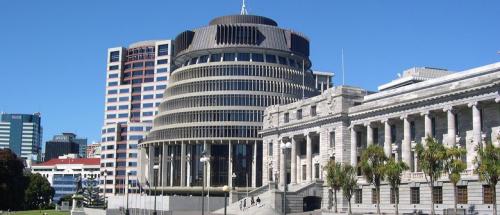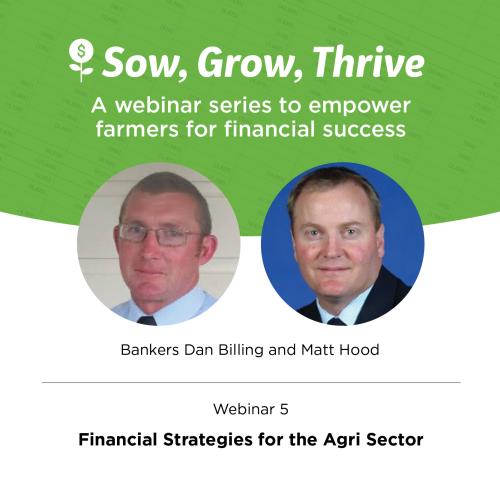Search results
Displaying 311 - 320 results of 898
- External resourcechilean needle grass ute guide chilean needle grass ute guide produced part chilean needle grass awareness programme chilean needle grass awareness programme funded ministry primary industries …
- PodcastRichard Parkes is a partner at Cavell-Leitch and a leading legal expert in Agribusiness matters. Richard also has a particular interest in assisting farming families with farm succession plans and …

- Factsheet… apply stockyards including use yard weaning milking sheds woolsheds calf raising … barn stockyard covered yard including yard weaning milking shed calfrearing area laneway …
- Resource book… dates replacement rate breeding stock mean weaning date birth rate lambs calves fawns … dates replacement rate breeding stock mean weaning date birth rate lambs calves fawns …
- NewsWill Halliday, Beef + Lamb New Zealand’s (B+LNZ) Senior Advisor for Animal Welfare and Biosecurity, urges farmers and those working in rural communities to prioritise the safety of themselves, their …

- NewsLeading figures from the major political parties will be grilled on their primary sector policies at the inaugural Rural Issues Debate at Mystery Creek Events Centre in Hamilton on 14 …

- NewsBeef + Lamb New Zealand’s (B+LNZ) Ladies' Long Lunch events have been a popular go-to for rural women wanting to ‘refill their cup’ and connect with like-minded …

- VideoRichmond discusses the management of ewes leading into scanning, then from scanning through to set stocking. He’ll share his tips to get the best out of your ewes, and insights for monitoring and …
- PodcastRecorded on the fifth Beef + Lamb New Zealand ‘Sow, Grow, Thrive’ webinar on 2 October 2023. We encourage you check out the resources available at Farmstrong around mindset and dealing with stress …

- Factsheet1 our suggestion use details pamphlet follows overview responsibilities information volunteers organisers volunteers farm owners regards health safety checklist organisers volunteers can used …
